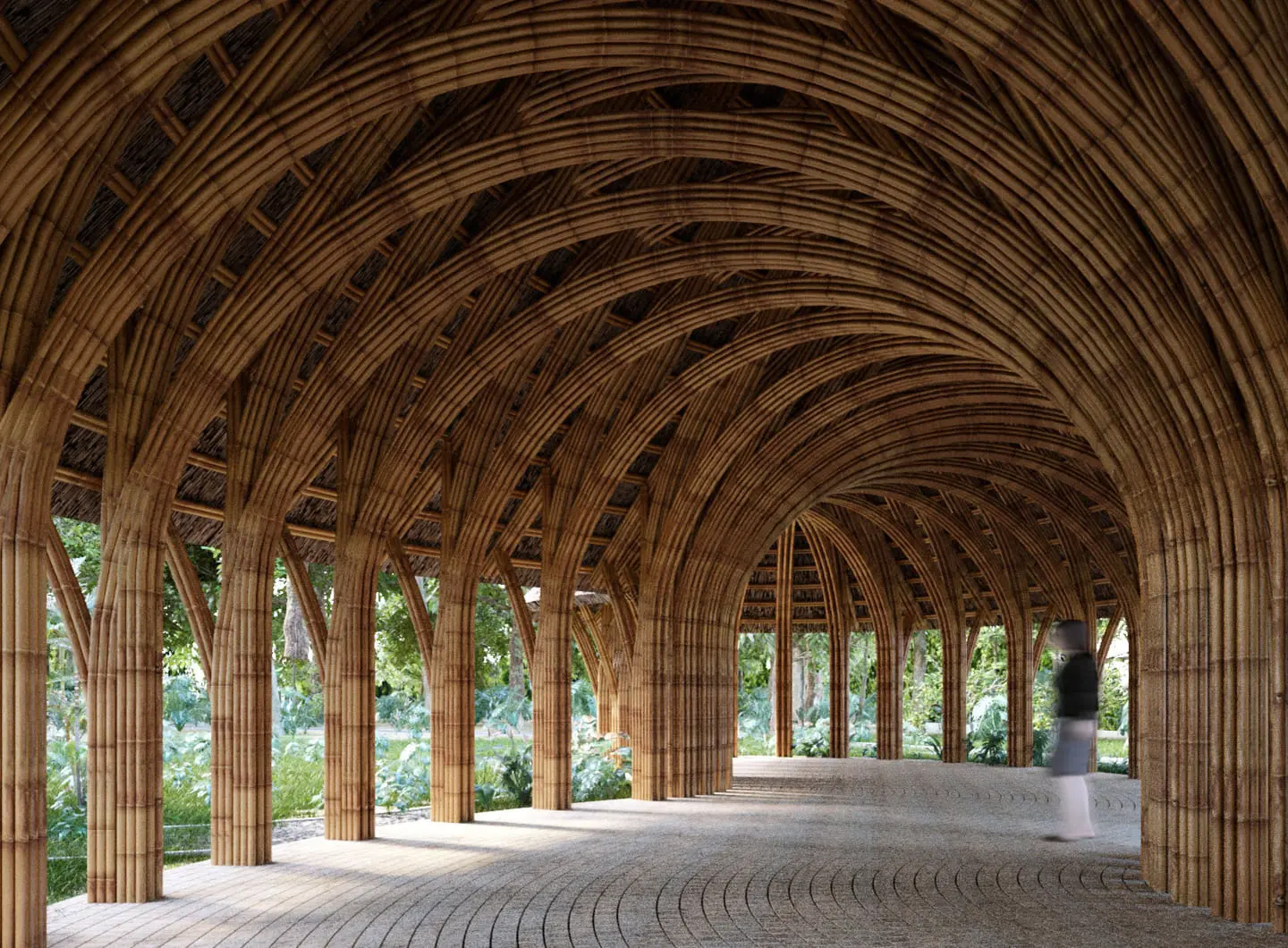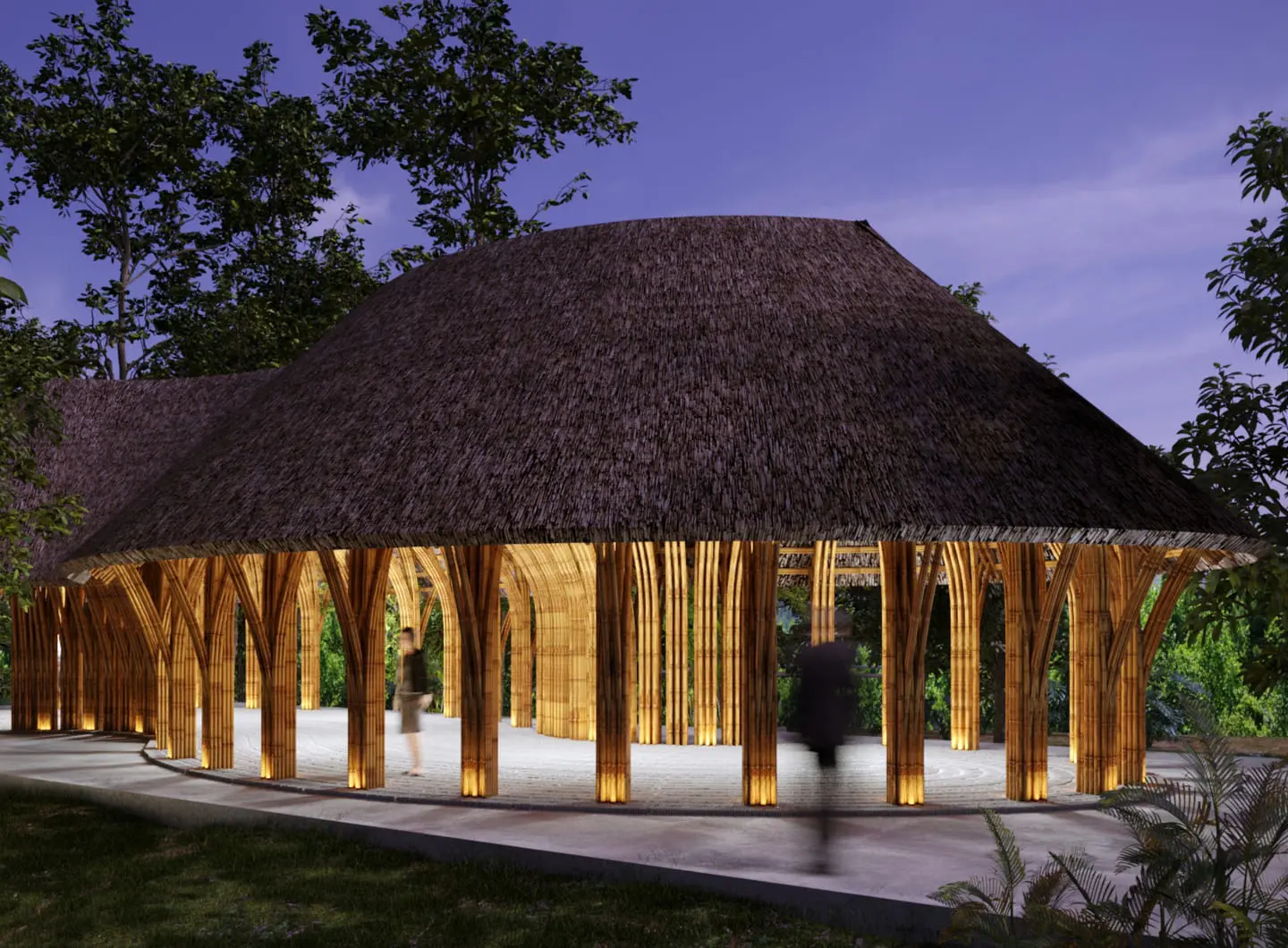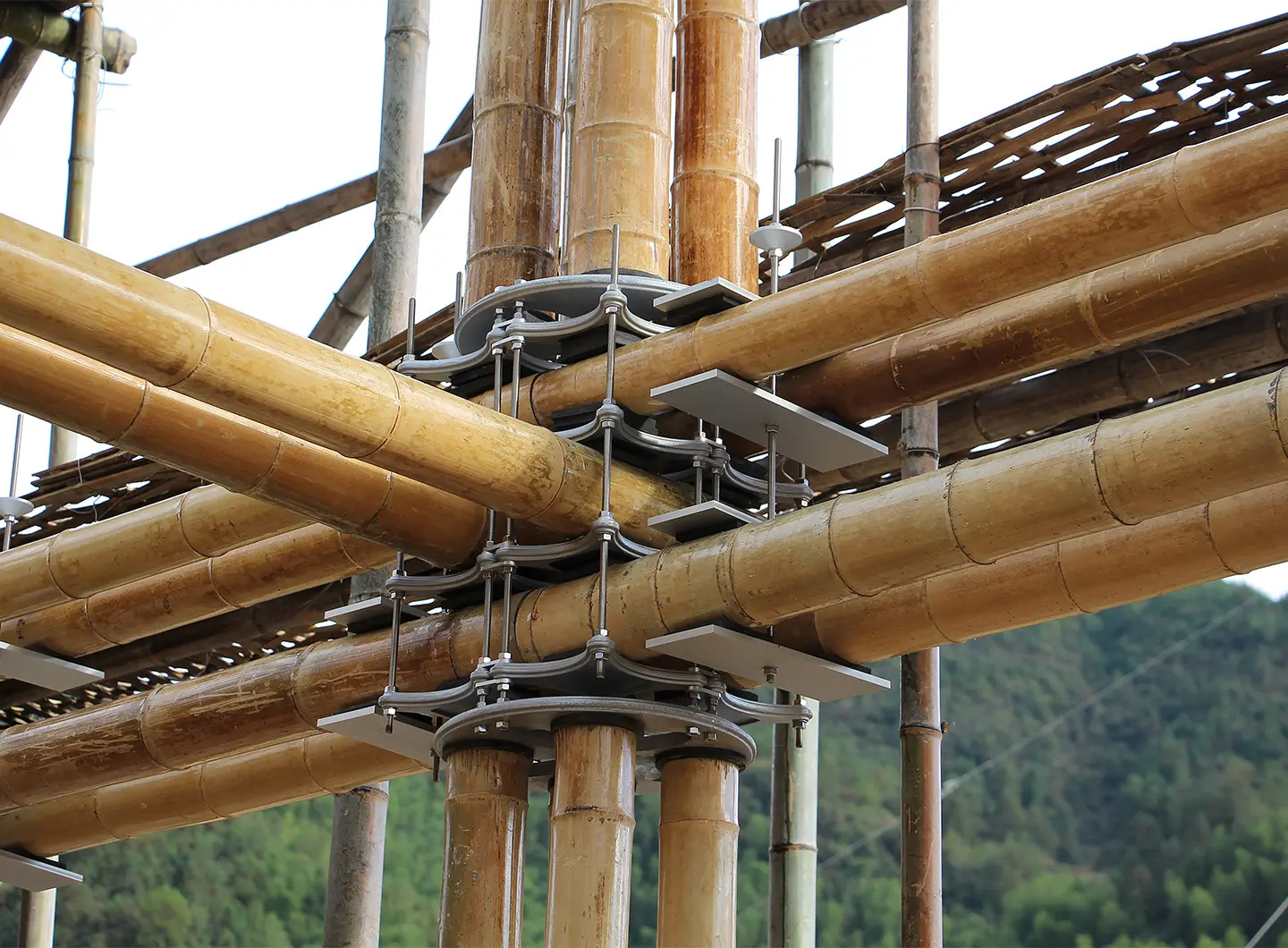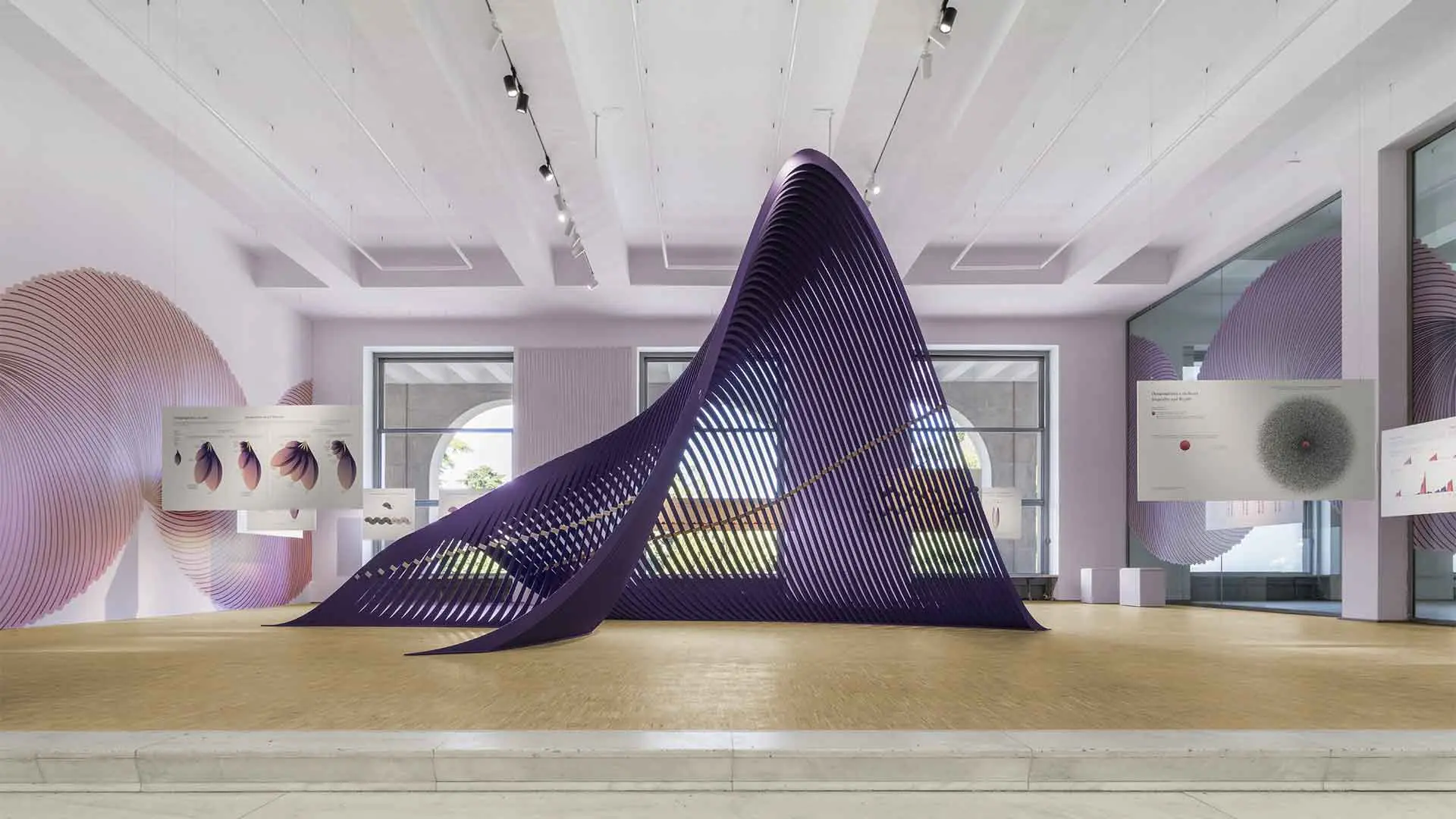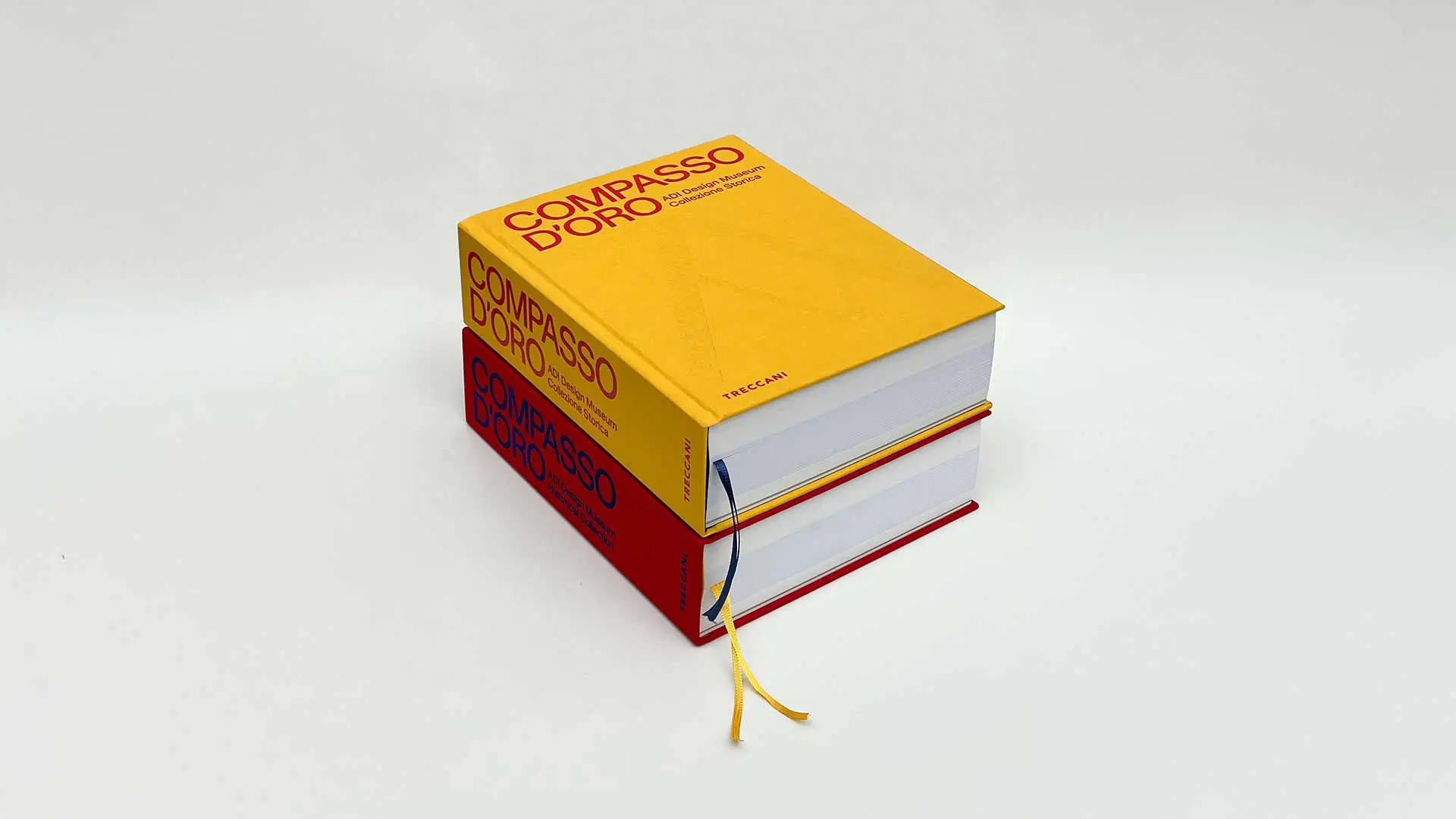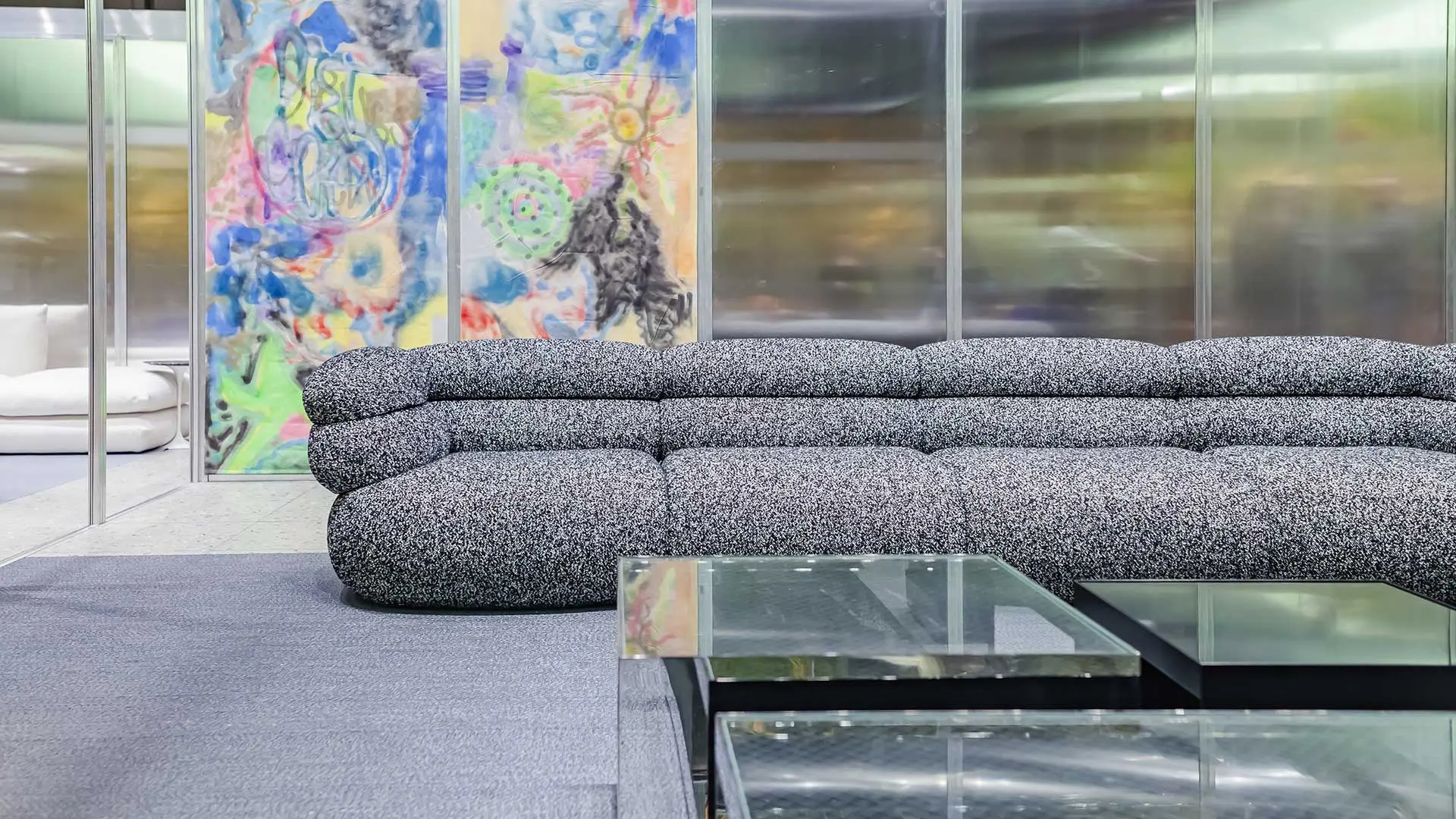From urban geopolitics to the biopolitics of bodies, the 24th Triennale - inaugurated by Nobel Laureate in Economics Michael Spence, amongst others, and open to the public until 9th November - denounces the structural inequalities that mark contemporary lives, offering insights and solutions through the contributions of internationally renowned artists, architects, designers and scholars
There’s a “new” green steel: it’s called bamboo

Macha House, Abin Design Studio, ph. Suryandang
Its use in architecture is still occasional, but it has the potential to grow vertiginously. Three case studies in India and China explain why building with bamboo offers valuable scope for sustainable architecture
The view, as far as the eye can see, is of the agricultural landscape of West Bengal, an eastern state of the Indian subcontinent. The gaze roams over fields, palm trees and guava orchards, from the terrace of Macha House taking in the whole circle of the horizon across the verdant plain, calming in its contemplation. Conceived by Abin Design Studio, this retreat for small getaways from nearby Calcutta reflects in all respects the desire for a privileged experience in contact with nature. Which is completed in a holistic way also in the choice of materials: Macha House is made of bamboo, a grass with an immense potential in construction. It offers not only a harmonious relationship with the natural landscape but also a great and often underrated ability to meet the needs of sustainable architecture.
Built on steel columns, the 171 sqm pavilion stands out by the oval plan of its elevated platform. Sheltered from wild animals and the danger of floods, the elevated terraces surround and envelop two bedrooms. Bamboo, a supremely local material, softly shapes the pavilion’s shell, from the vaults to the parapets and the coatings of the wooden beams that support the structure, giving proof of its innate flexibility through its varied morphologies.
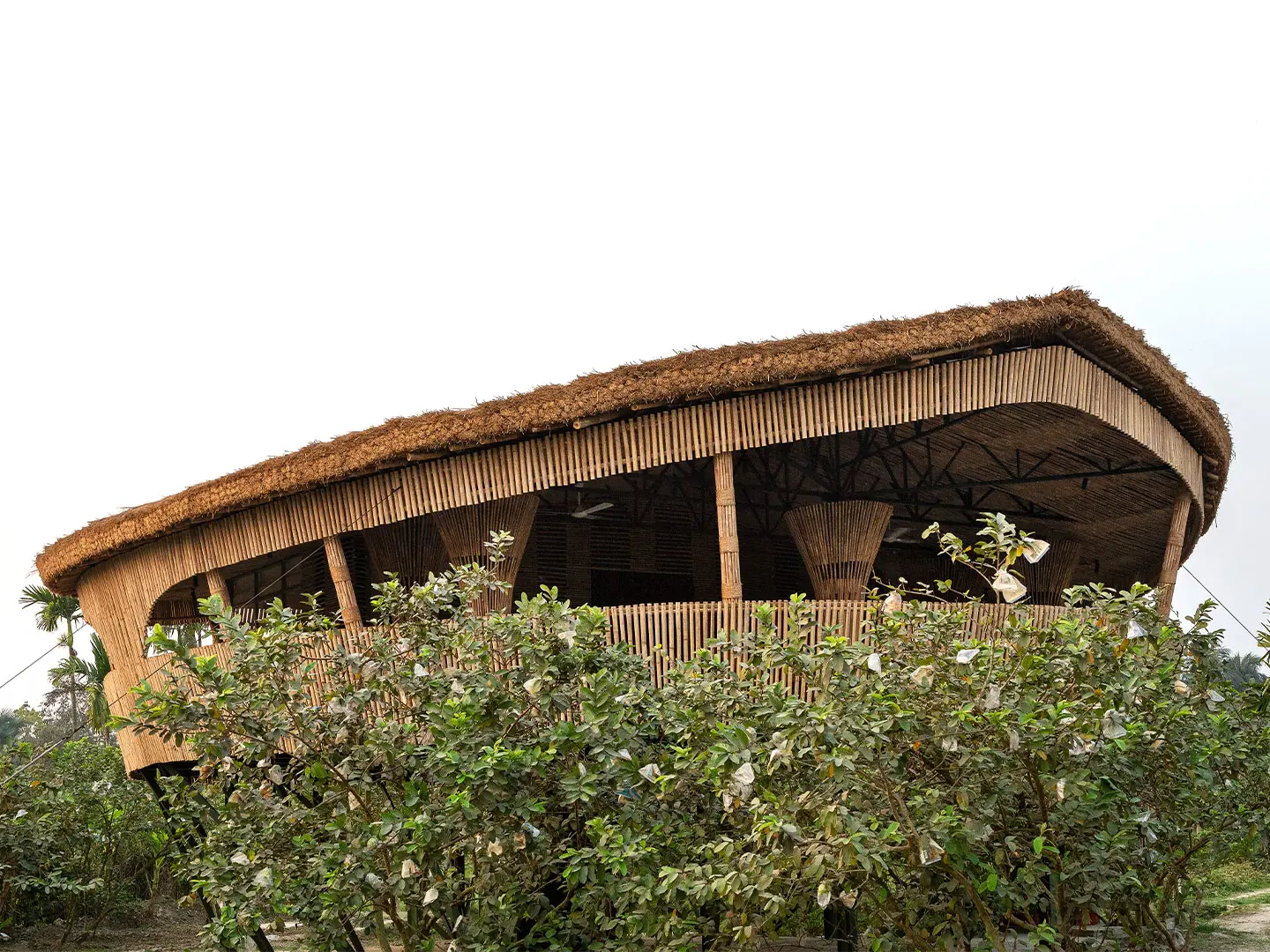
Macha House, Abin Design Studio, ph. Suryandang
Lightweight, durable and environmentally friendly, bamboo has all the qualities to supplant the commonest building materials, such as concrete, steel and timber, functioning both as a structural material – its tensile strength is comparable to steel – and as a coating. A fast-growing plant native to Asia, it is capable of absorbing high quantities of CO2 and particularly suitable for use in seismic areas by its flexibility. A growing number of experiments are now being conducted with it using traditional techniques as well as in combination with hi-tech materials, to try and develop its constructive potential to expand the range of its possible applications.
Two main architectural schools have studied the construction of bamboo buildings. In Colombia, the use of bamboo – as Simon Velez, a true pioneer in the use of vegetable steel in Latin America teaches us – uses joints and combined materials to strengthen the connections between the canes. In Asia the tradition is more purist and always favors using ties alone – as exemplified by the work of Shigeru Ban – without weakening the structure of the stems with perforations.
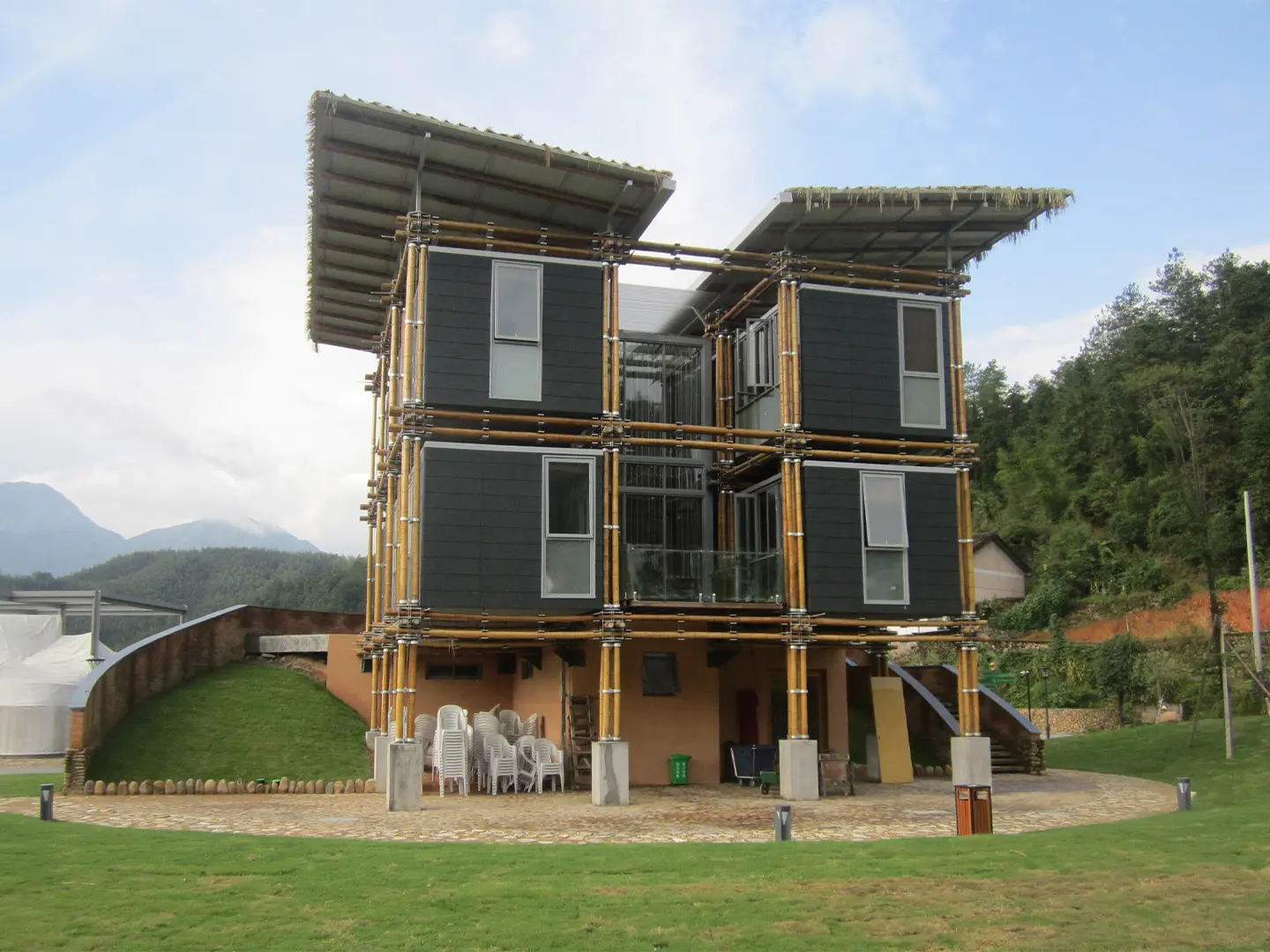
Energy Efficient Bamboo House, Mauricio Cardenas , ph. LIB – Longquan International Bamboo Commune
Another of the great experimenters in the use of bamboo is Mauricio Cardenas Laverde, a Colombian naturalized in Italy, where he lives, and active internationally, above all in China, where he has had opportunities to experiment with numerous large-scale architectural projects. Cardenas is also a great popularizer of the properties of this “steel plant”. A natural CO2 compensator, bamboo - Cardenas reminds us - offers a truly expendable alternative to the exclusive use of super-polluting steel and concrete, enabling us to rethink urban space in eco-friendly ways, in keeping with the Sustainable Development Goals of the United Nations 2030 Agenda.
His Energy Efficient Bamboo House, built in China in 2017, is an excellent illustration of his Boo Tech, using mechanically applied steel joints to connect the bamboo canes. Unlike Simon Velez’s approach, which uses cement as a filler, Cardenas’ technique leaves the cane intact and makes it possible to replace individual stems as needed.
The house, which was built for the first International Bamboo Architecture Biennale, stands out by its modular design, which facilitates assembly of the canes even by unskilled workers. As the name suggests, energy efficiency principles are integrated into the architectural design through energy efficiency and supply technologies and solutions that contribute to significantly lowering the building’s carbon footprint.
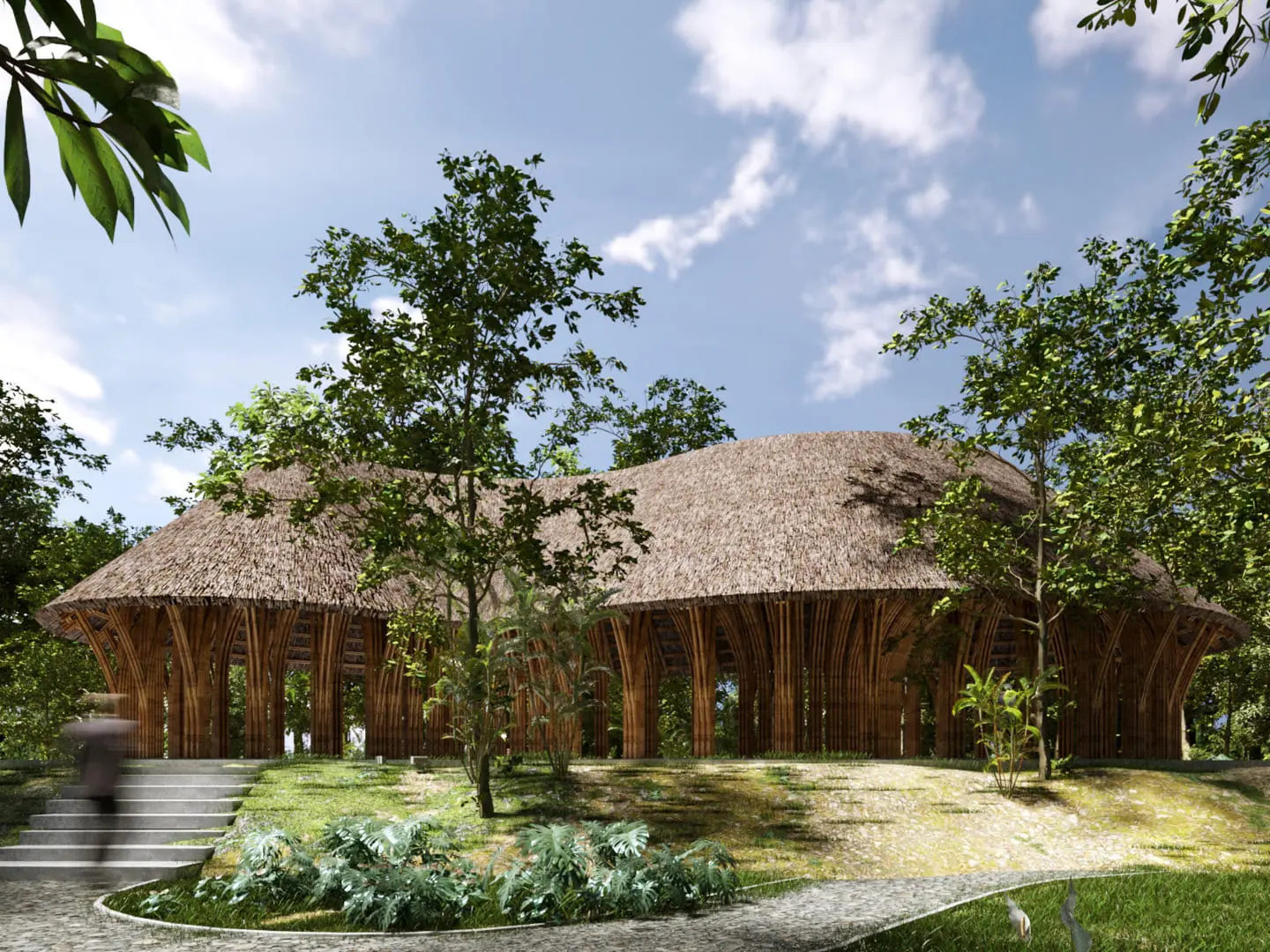
Bamboo Structure Pavillion, VTN Architects, image courtesy
An interesting case study comes from VTN Architects, based in Hanoi and active among much else in the design of pavilions and architecture, including large-scale works, built in bamboo. The 2020 Bamboo Structure Pavilion was built in a park in the ancient city of Nantou, China, now incorporated into the sprawling urban fabric of Shenzhen.
For this contemplative building, VTN Architects chose bamboo to again bring out its continuity with natural setting. Consisting of a series of modular frames that simplify its structural design, the building is made entirely of bamboo, with the sole exception of the thatched roof. The sinuous plant, which recalls the motion of a wave, echoes the joints of the vaults and the enveloping weaves embodied in the reeds. A further tangible proof, if it were needed, of its innate flexibility, and the decisive contribution that this plant can give in the spread of architecture proof against greenwashing.


